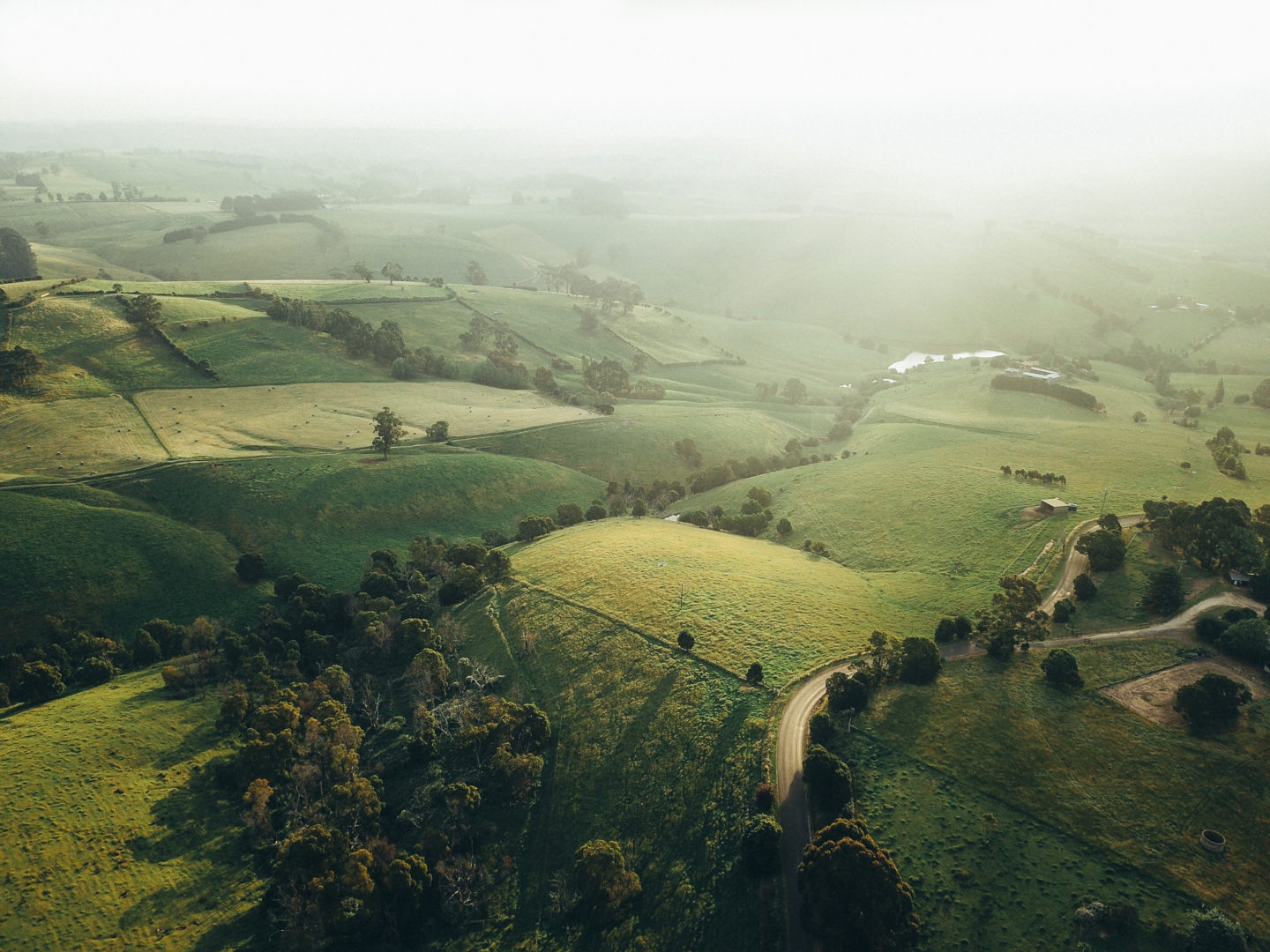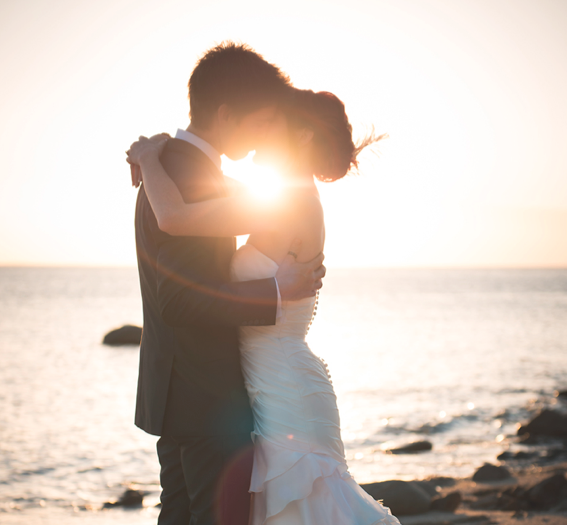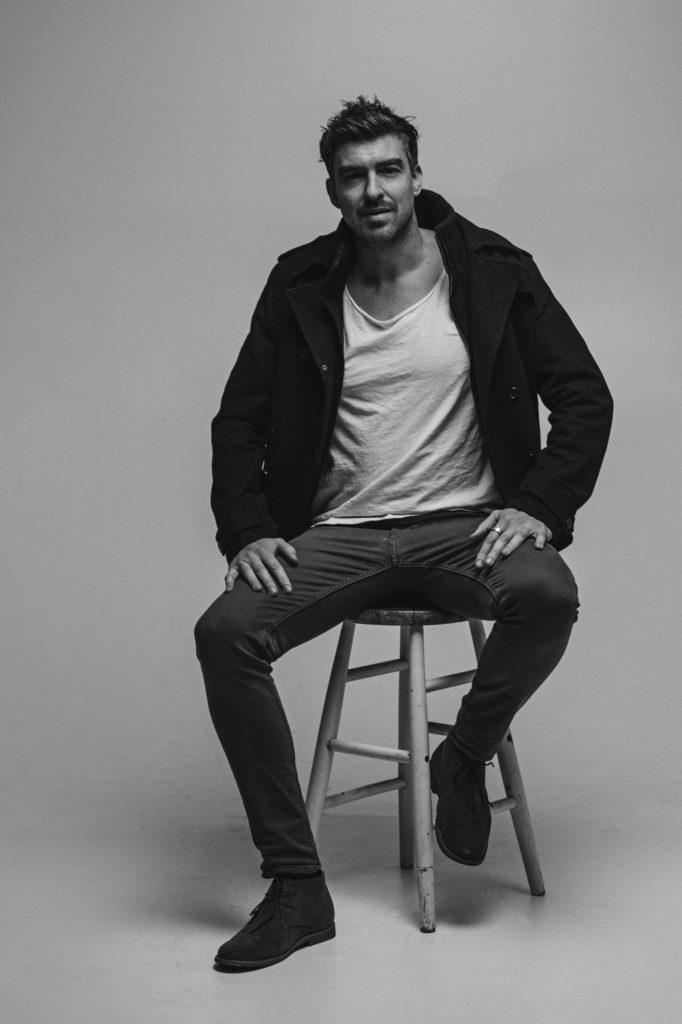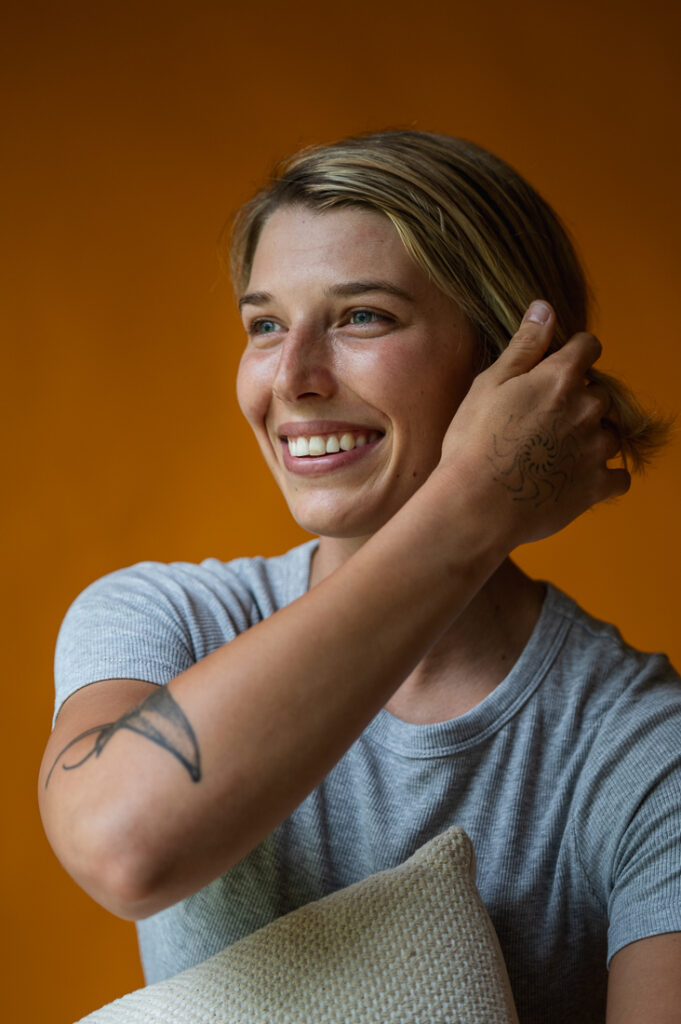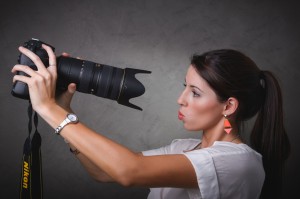 The following is actually the first article I wrote for Melbourne based Fashion Culture mag “SEVENSEVEN magazine” entitled “Memoirs of an Instagram addict”. It was published in June 2012 in issue 5 of the magazine. Hope you like it! Feel free to share, like and/or comment.
The following is actually the first article I wrote for Melbourne based Fashion Culture mag “SEVENSEVEN magazine” entitled “Memoirs of an Instagram addict”. It was published in June 2012 in issue 5 of the magazine. Hope you like it! Feel free to share, like and/or comment.
Eye to eyepiece, focus, ‘CLICK’.
The process is the same, but the similarities end there. A photographer is paid for so much more than knowing how to operate a certain piece of equipment. In no way whatsoever am I trying to discourage anyone from taking pictures—on the contrary; I think the world is an amazing place and people should take as many copies of it as possible. My point here is that there are people who do it for a living, and provide much more than the reproduction of what the eye can see, and as such deserve to be paid for it.
A professionals experience will create better images before a single frame is taken. Location, correct lighting and gear, interaction with the subjects, including direction, and creative input are just the beginning. You pay a professional photographer because they are the masters of their trade. Using an amateur for a lower fee or no fee is a risk taking process. Photographers absolutely must start somewhere but taking on jobs for free that would normally be handled by a professional is a dilution of the industry that benefits no one. Note to budding photographers: If you’re ready to start taking on jobs by all means do it, just remember that if you’re ready for the work, you’re ready to be paid.
Chase Jarvis addressed a similar issue on how to be a professional photographer. Register yourself, get a website, get business cards and start doing the work. This includes charging a fee based on what your time and your work are worth.
If on location, choosing an appropriate setting is only the beginning. Which is the correct angle to shoot? What time of day is the best to fulfil the clients brief? Should I use the sun as a backlight or a primary light source, or both sequentially? What lens should I use to capture the whole bridal party and those beautiful Mustangs? These decisions should not be left to chance to the same degree that choosing the correct photographer, who if chosen correctly, will not leave anything to chance. I’m not saying that a pro will not push the boundaries and try some things that could potentially create an ‘extra mile’ shot, I’m just saying that they will always utilise every element at their disposal to ensure the satisfaction of the client; based on their knowledge and experience.
Studio? Completely different ballgame. Generally speaking if a photographer has his/her own studio, they are a ‘photographer’. Think of a doctor or a dentist with their own practice; they’ve done the hard yards and earned their stripes. The technical knowledge and equipment outlays for studio photography are what separate the men from the boys so to speak.
The following paragraph deals with digital photography only. If you are time and passion rich enough to indulge in film photography, I extend my respect and jealousy your way.
Postproduction is an element that draws a lot of heat in the photography world. ‘If you’re such a good photographer why do you need to edit your pictures?’ These types of questions generally come from ‘people with cameras’ who are more confused and upset about what to do with a RAW image, as they would be if they found a newborn in a basket on their front doorstep. There is no definite answer and every pro photographer has their own opinion on how much editing is enough. The one thing every pro will agree on is that having a consistent and efficient workflow is one of, if not the most important elements of being a photographer. In a digital age the goal is as simple as ever; deliver the best possible product to the client. This generally means retouching and colour corrections to keep up with the current industry standard. While I’m on the topic of postproduction please take note: it is not an instant process! The shoot may have only taken two hours but behind the scenes is another beast in itself. Multiple selection passes, colour correction, removal of distracting elements and if required special effects take time. Please accept this as part of the process.
Photography is more than capturing an image; it’s capturing a moment – bringing together the correct lighting/composition/direction, and no matter what technology the user holds, it means nothing without the knowledge and experience that comes from a professional. And that, is what is worth every single penny of hiring a ‘Photographer’ instead of a ‘person with a camera’.
